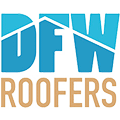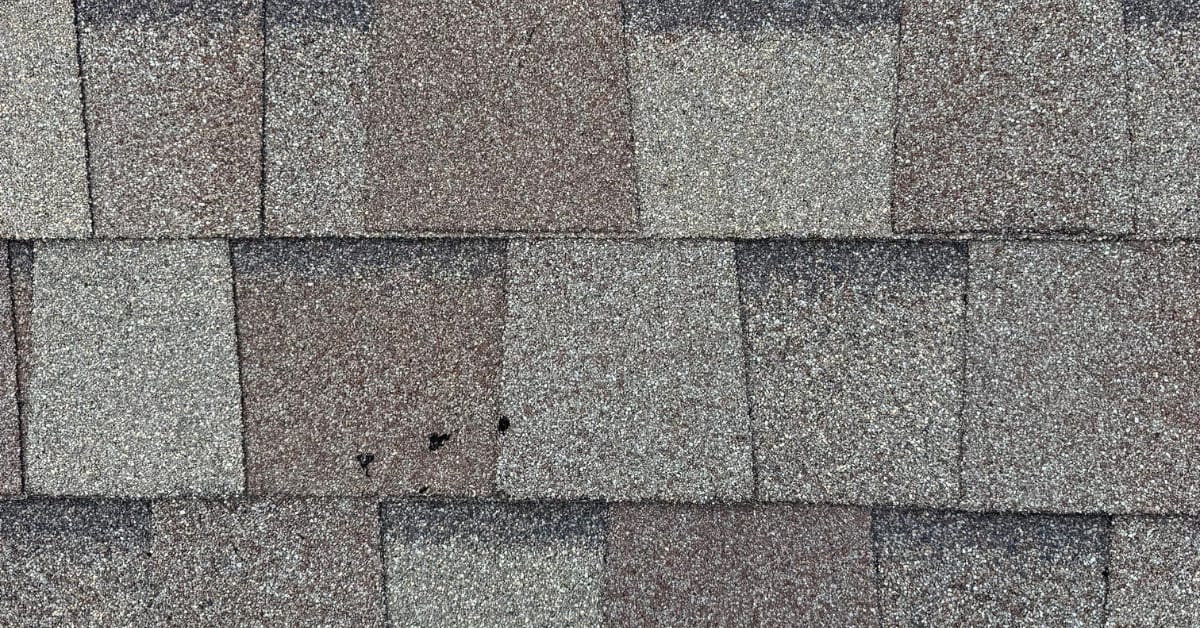-
The three main sealant types used on Texas roofs are silicone, polyurethane, and hybrid.
-
Each performs differently when it comes to UV exposure, flexibility, adhesion, and paintability.
-
Knowing what’s on your home helps you spot early signs of failure and avoid the wrong repairs.
Sealants are a small part of a roofing job, but they protect the most vulnerable parts of the roof: the joints where different materials meet. When the wrong sealant is used, or when the right sealant is used but applied incorrectly, even the most resilient roofs will leak.
That’s why it’s always a good idea for homeowners to have a basic understanding of the major types of sealant. This is especially true in Texas, where an underregulated roofing market makes it easy for inexperienced or fraudulent crews to overcharge and cut corners to keep more money for themselves. You should ask your roofer which sealant they’re using and why. A good answer will match the product to the roof’s material and climate. If they can’t explain it, that’s a reason to hesitate.
The chemistry of different sealant types determines how long it will last, how it will hold up to harsh Texas sunlight and storms, and whether it can be painted. Let’s break down the three main types of sealant: silicone, polyurethane, and hybrid. Each works well in the right conditions, but none of them are one-size-fits-all. For more information, see our Sealant 101 guide
Silicone
Silicone sealant is the go-to for UV resistance. It’s a rubber-like material that holds up under direct sun better than anything else, yet it’s also flexible enough to handle expansion and contraction in hot and cold weather. That’s important in Texas, where extreme temperature swings within 24 hours are common.
Where silicone falls short is in paintability and cleanup. Once cured, paint won’t stick to it, and removing it later can be tough. It can also stain porous materials like brick or stone, so it’s not ideal for every surface. I usually recommend silicone for areas that see constant sun exposure, like skylight perimeters, vents, or flashing. It’ll hold up longer than almost anything else in those spots. It’s a great match for metal roofs.
Polyurethane
Polyurethane sealant is strong, paintable, and bonds well to just about any material, from asphalt shingles and metal to concrete and brick. That’s why it’s commonly used around flashings and roof penetrations. But there is a trade-off. Unpainted polyurethane doesn’t hold up well in the sun. That’s a big negative in Texas, which pummels roofs with harsh UV rays.
If the polyurethane sealant is unpainted, it’ll chalk, yellow, or degrade faster than expected. That’s why we either cover it with paint or use it in areas with at least some protection from direct UV rays. It also needs to cure fully before painting. If paint goes on too soon, trapped gases can cause small bubbles or pinholes that limit its ability to keep water out. Still, if paintability and adhesion are your top priorities, it’s a great fit. You’ll commonly find polyurethane sealant along roof edges, chimneys, and transitions between roofing and siding.
Hybrids
Hybrid sealants are the newer generation. They combine the best qualities of silicone and polyurethane to achieve UV resistance, flexibility, and paintability. They also bond well even when conditions aren’t perfect, like on slightly damp surfaces or in mild dust, which homeowners can feel good about.
More than that, hybrid sealants don’t stain, they’re low-odor, and they’re easier to work with than polyurethane. The main drawback is cost and track record. They’ve been around for less time, so we don’t have decades of field data yet. But from what I’ve seen, the good brands hold up well under Texas weather. They’re an excellent choice for general exterior use when you need both UV stability and a clean, paintable finish.
We’re Here to Help
Need more information? If you have any questions or need assistance with damage, contact DFW Roofers at (469) 751-4018 or schedule an appointment through our online appointment form.


